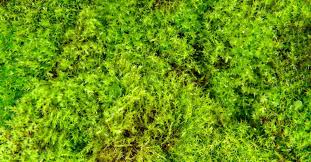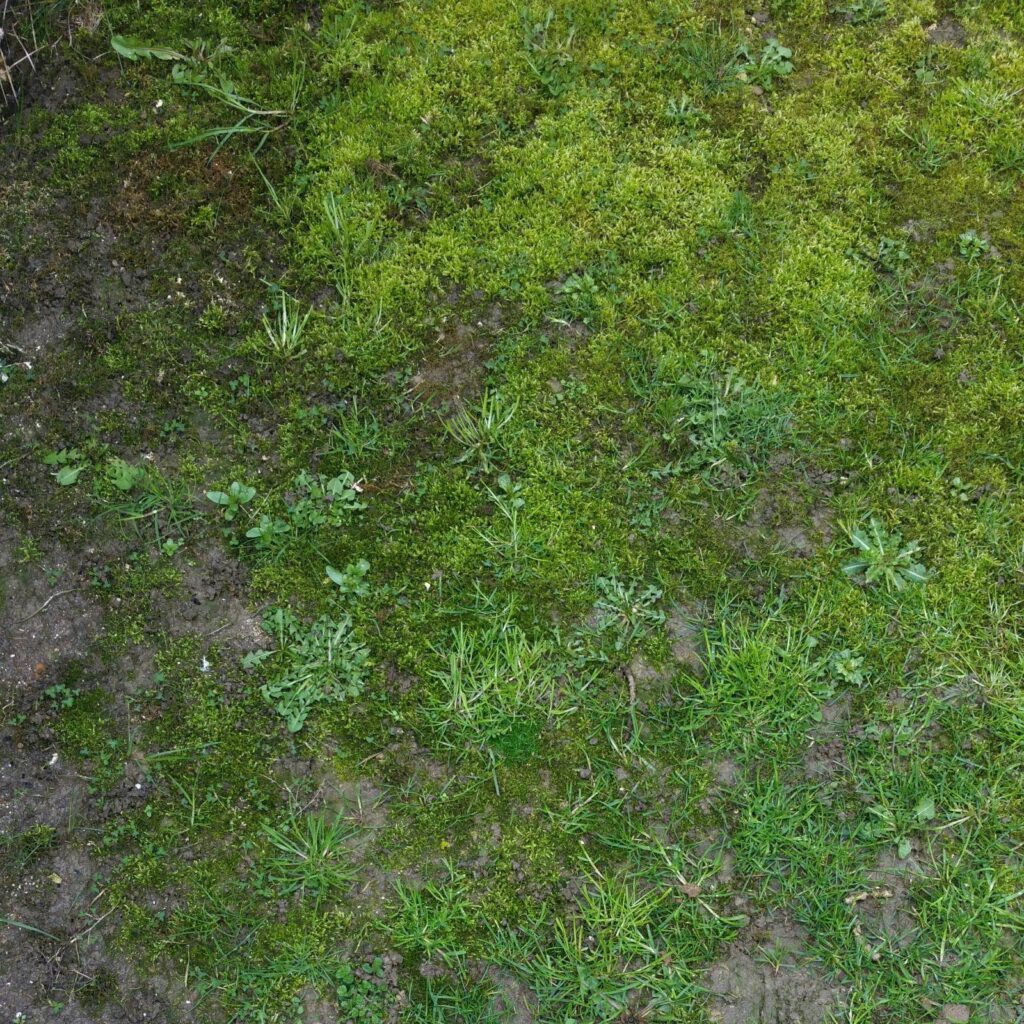Moss creeping into your lawn can be frustrating—especially in shady areas where grass struggles to thrive. Unlike grass, moss loves damp, compacted, and low-light conditions. But don’t worry! With the right approach, you can eliminate moss in shady lawn areas and promote healthier turf growth.
In this guide, we’ll break down why moss grows, how to remove it, and most importantly, how to prevent it from returning.


Why Does Moss Grow in Shady Lawn Areas?
Moss is not the problem—it’s a symptom. It thrives in areas where grass can’t grow well. Here are the most common conditions that allow moss to take over:
Poor drainage or consistently damp soil
Low sunlight exposure (dense tree coverage or north-facing slopes)
Soil compaction, making it hard for grass roots to breathe
Low soil fertility and acidic pH
Thin or weak grass coverage
Understanding the root cause of moss growth is the first step in effective moss control.
Preventing Moss from Returning
Moss will come back if the conditions that favor it persist. Here’s how to keep it away:
Mow high: Taller grass shades the soil and prevents moss
Water deeply, but infrequently: Let the soil dry out between waterings
Overseed annually in shady areas to maintain thick turf
Apply lime regularly if your soil tends to be acidic
Ongoing maintenance is key to long-term moss control.
Start by raking or dethatching the moss from your lawn:
Use a garden rake, dethatching rake, or scarifier
Rake vigorously to lift the moss from the surface
Collect and discard the moss; do not compost it
This doesn’t fix the underlying problem, but it clears the surface so you can treat the soil and reseed effectively.
Compacted, soggy soil creates ideal conditions for moss. To fix this:
Aerate the lawn using a core aerator to reduce compaction
Topdress with compost or sand to improve soil texture
Avoid overwatering, especially in shaded areas
Improving drainage is key to eliminating moss long-term.
Moss prefers acidic soil (low pH). To encourage grass growth:
Test your soil’s pH (a simple kit costs $10–$20)
If pH is below 6.0, apply lime to raise it
Fertilize with a shade-tolerant lawn fertilizer to support grass recovery
This creates an environment where grass thrives—and moss doesn’t.
Shady lawns stay wet longer and get less energy from the sun. You can:
Trim back tree branches to allow more sunlight
Remove overhanging shrubs or dense ground covers
Consider strategic thinning rather than full removal
More light = less moss.
Once conditions are improved, reseed the area to outcompete moss:
Use shade-tolerant grass seed like fine fescue or creeping red fescue
Loosen the soil and spread seed evenly
Water lightly but consistently until grass is established
Avoid heavy foot traffic in recovering areas
Healthy turf is your best defense against moss regrowth.
Should You Use Chemical Moss Killers?
Chemical moss control products like ferrous sulfate or moss killer sprays work quickly, but they’re temporary solutions unless you also fix the environmental issues.
Use them if:
You need a quick fix before reseeding
Manual removal isn’t enough
Always follow product instructions and avoid overuse, which can harm nearby plants or grass.
When to Tackle Moss Removal
The best times to eliminate moss and repair shady lawns are:
Early spring: Just before grass begins active growth
Early fall: When temperatures cool and moisture returns
Avoid summer removal—heat and drought stress grass and promote moss.
Final Thoughts: Healthy Lawns, Less Moss
Eliminating moss in shady lawn areas isn’t just about getting rid of moss—it’s about creating a lawn environment where grass can thrive.
By addressing the core issues like shade, drainage, compaction, and soil pH, and reseeding with the right grass type, you’ll enjoy a lush green lawn, even in challenging shaded spots.


